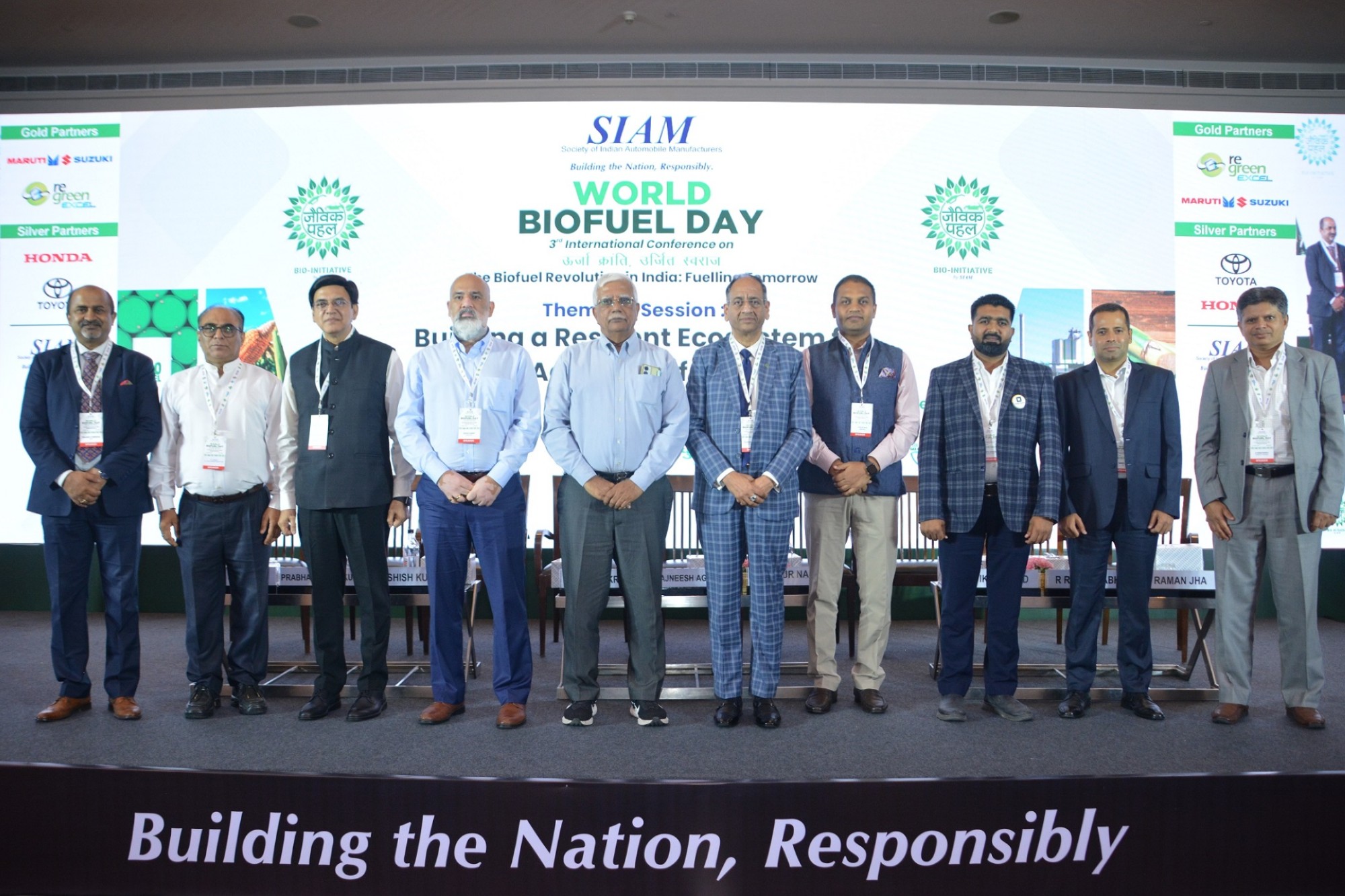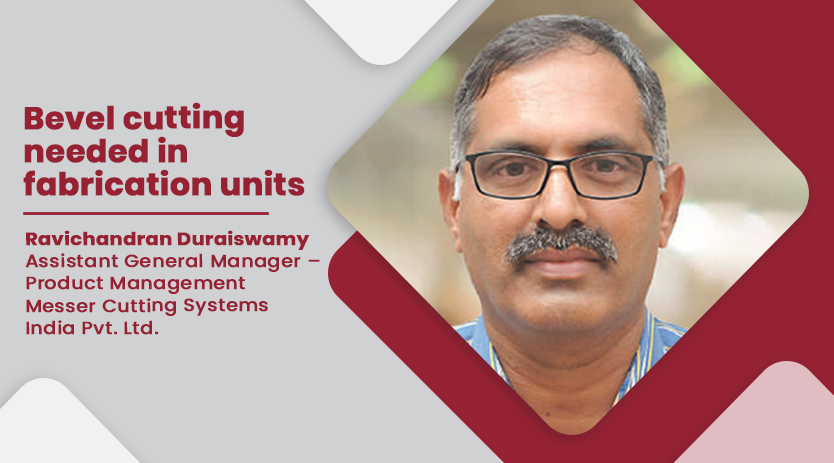The future of welding
By admin March 11, 2015 11:13 am
The article highlights new norms and technology that set trends in welding
A historical perspective The technology of welding has enabled man to progress mechanically over the past century. Welding which is synonymous with the construction business and every other item involving metals and machines has helped people to lead safe and secure lives. Future of welding is an analysis of the trends in technology that are shaping the welding industry. As global trend is being set by light weight and sleek design for all of technology in general, technology in welding will go that way.
Welding is an important part of the industrial revolution and still remains important to the manufacturing industry. The technology of welding has developed so much over the years with several projections of future technological developments in the field. Welding as we know it today is a hi-tech skilled job and historically it dates back to many centuries ago where it existed in its primitive form. Welding has played its role ever since, men started building houses or structures to live in. Over the years, welding has been used widely in transport, to build bridges, roads and highways and to manufacture goods and services. Welding has a role to play in every facet of life where metals are involved.
Market scenarioThe global welding industry is touted to grow at a rate of 3-4 per cent according to current figures and industry reports. However, this growth figure has not been effectively realised owing to the economic slowdown and unfavourable market conditions. Also various new norms and compulsions have put tremendous pressure on the welding industry. A report published by Global Research & Data Services Oy on the welding market globally, has some insightful analysis. The report said, currently, electric plasma and arc welding machinery accounts for about 40 per cent of the global demand while the remaining market share is divided between electric resistances welding machinery (24.9 per cent), other electric, ultrasonic and laser welding machinery (30.5 per cent), gas welding machinery (2.7 per cent) and other welding machinery (4.6 per cent).
“The largest welding markets in the world are represented by developed nations, namely Canada, China, Germany, Japan and the United States while countries like India represent a smaller share of the pie,” the report observes.
Cookie Consent
We use cookies to personalize your experience. By continuing to visit this website you agree to our Terms & Conditions, Privacy Policy and Cookie Policy.














